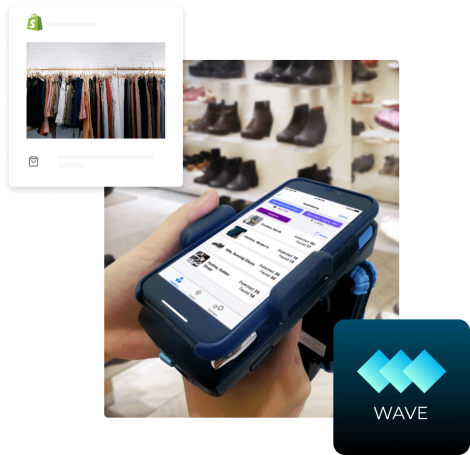10 Tips for complying with the Mil-Std-129 RFID Mandate

1. Everyone that is shipping to a DoD distribution center is required to use RFID.
The RFID requirement is referenced in the master solicitation under FARS 252.211-2006. There are a few exceptions, which include bulk liquids or other commodities that can not be tagged.
2. There is no contract-specific data in an RFID tag.
The only information contained in an RFID tag is a CAGE code, case or pallet type, and a serial number. The serial number in an RFID tag is not part specific. It generally starts with the number 1 and continues sequentially from thereon.
3. The DoD gets your contract information from the WAWF.
When a distribution center receives an RFID tagged shipment, it can compare the information stored in the WAWF to the 24-digit RFID number stored in the tag. Your tag ID will give the DoD all the information they need to know about your shipment. If you are shipping more than 500 containers, SimplyRFiD will provide you with software that will generate your RFID serial numbers and submit them to the WAWF.
4. You can get your tags shipped to you, Same-Day.
If you plan on making future shipments to the DoD, you should buy a supply of labels. Stocking up will save you money on shipping costs. Since there is no contract information stored in an RFID tag, it is always safe to buy extra.
5. Place RFID tags on a vertical side of your shipment.
RFID readers are placed on the left and right sides of dock doors at DoD distribution centers. It is important to orient your tags parallel to RFID readers. The specific requirement is to place the tag in the upper right corner of your shipment, but if that is not possible, be sure to put the tag on a vertical side.
6. When tagging metal containers, you should use spacers or metal mount tags.
Metal reflects radio frequency, so you will need at least a half-inch of space between your RFID tag and your container. If you are shipping metal items inside a cardboard container, you should place your tags away from metal objects. We recommend TM4 RFID Tags for direct-metal mounting.
7. Verifying tags can be done by your supplier or in-house with a handheld RFID scanner.
If you are using pre-programmed DoD RFID labels, all the verification should be done for you by your supplier. On occasion, a QAR will require manual verification of your tags. Zebra RFID printers are designed to test and verify every label for you, but if a QAR still requires additional verification, consider using the Wave RFID handheld reader for RFID verification.
8. Pre-programmed RFID tags include a Certificate of Compliance.
If you are supplied with pre-programmed RFID labels, you should also receive a certificate of conformance, ensuring that your labels have been tested at 10' range to meet all DoD mandate requirements.
9. Printing tags in-house yourself can save you money over time.
If you are shipping over 10,000 tags a year, the cost-saving on blank tags vs. pre-programmed tags is worth evaluating.
10. Don't Panic!
If this is your first time using RFID and you are in a rush, you should use pre-programmed RFID labels They are shipped the same day, any quantity. All the work is done for you. SimplyRFiD can answer any other questions you have about the mandate and help you get exactly what you need.
